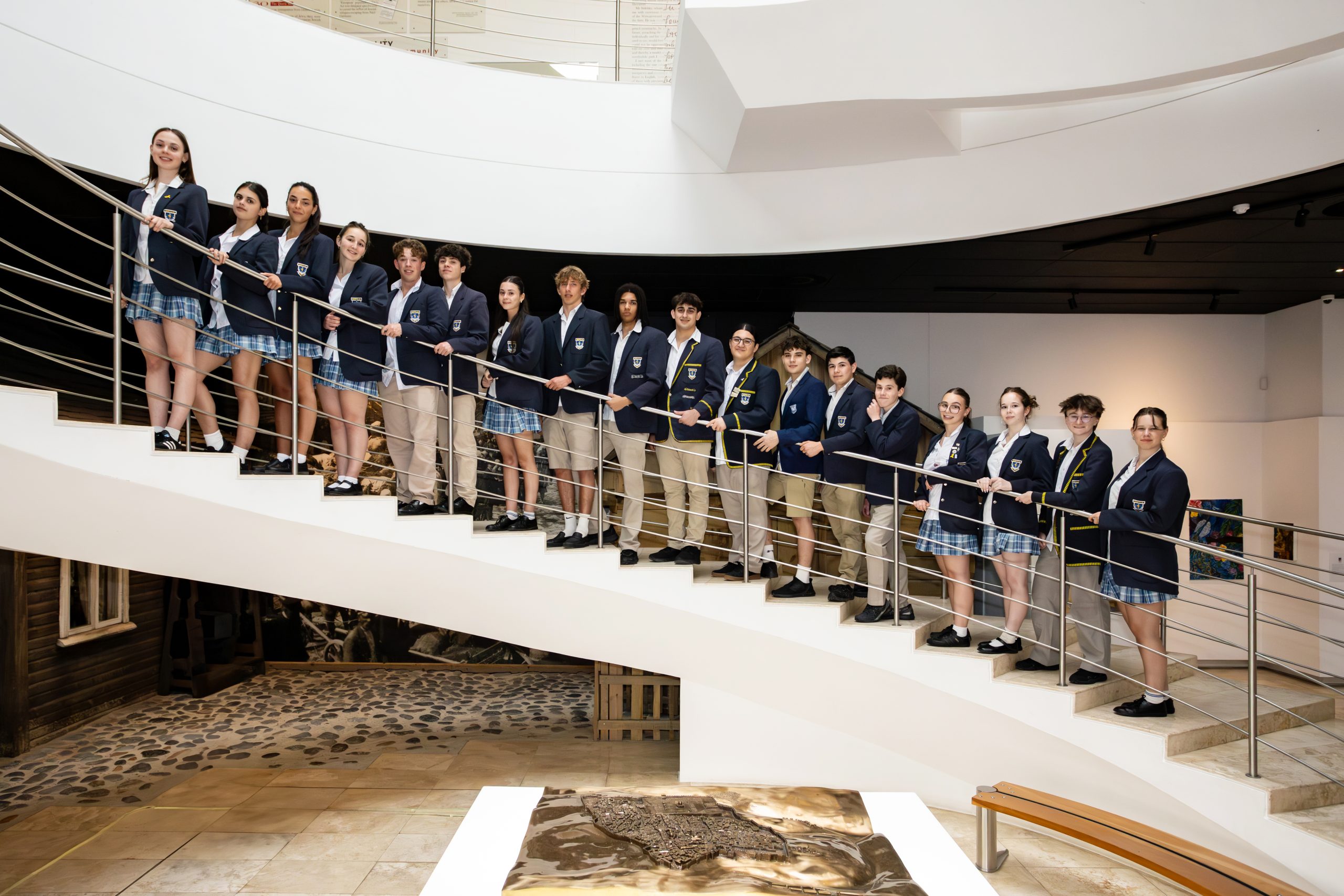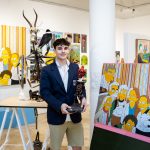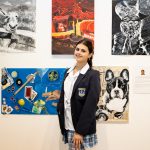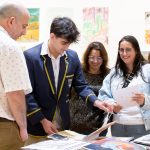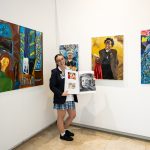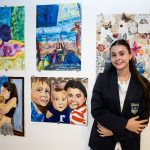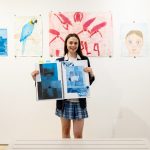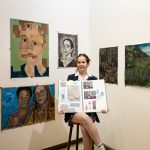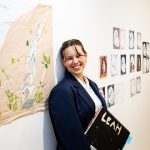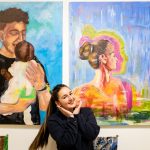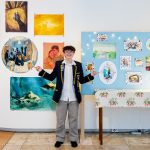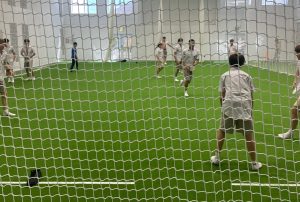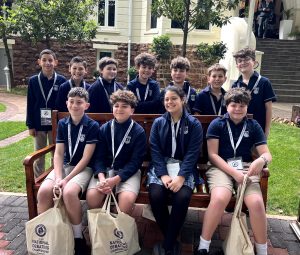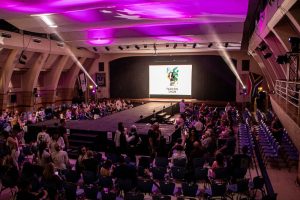Where Struggle becomes Transformation
The annual Herzlia High School Matric Art Exhibition once again brought creativity, reflection and heart to the South African Jewish Museum, transforming its gallery space into a living conversation between pupils and their world.
Each year, the exhibition marks both a culmination and a beginning. It is the culmination of twelve years of growth and learning and the start of each artist’s journey into their own voice. This year’s collection glowed with individuality and depth, exploring the themes of Alchemy, Family Portraits, and Place.
“Working through difficulty is often where the magic of artmaking resides,” said Lauren Palte, Head of Visual Art and Deputy Principal at Herzlia High School. “The value of art is that we discover something in the act of making that we could never have consciously conjured.”
For Palte, who has guided countless Herzlia pupils through their creative journeys, this year’s group was uniquely surprising. “After eighteen years of teaching, it takes something special to surprise me, but this group actually did,” she reflected. “As the work went up on exhibition, I could see something behind it that drove them, something that went beyond the individual pieces.”
Palte spoke of “the beauty of unfinishedness” and of works that stayed “alive and in process” until the very end, explaining how this mirrors the essence of art itself: continuous discovery, risk and transformation. “The arts teach us to act and judge in the absence of rules, to rely on our feelings, to pay attention to nuance, to appraise the consequences of our choices and to revise them.”
Across the exhibition, each matric pupil’s collection reflected deeply personal explorations of change, belonging and self. “Art enables us to reflect on who we are and in turn, it reflects our lives to us,” said Palte. “That is one of the reasons we chose to include each pupil’s Grade 1 photograph alongside their artist statement, to foreground the ideas of growth, transformation and exploration.”
Halo Gibson captured the transformative power of light in her mixed-media work. “I was interested in how light changes to make objects or people glow. The process of struggle and change is illustrated through the work, using symbols of transformation from different mythologies.”
Amit Melnik explored memory and loss through a William Kentridge-style charcoal animation. “My goal was to show how loss changes places. When you erase past frames, they leave a mark, just like the faint memory of someone who is gone.”
For Michael Minitzer, art and construction became one. “I grew up surrounded by building plans and site visits. Power tools are like battery-operated toys for me, but instead of building houses, I use them to make art.”
Leah Rodenacker’s work, rich with fabric, embroidery and collage, paid homage to family and heritage. “My work serves as a love letter to the people close to my heart. My use of fabric ties the works to domestic life and celebrates the materials we surround ourselves with but often overlook.”
Tamryn Shuman explored surreal portraiture and emotion, inspired by artists such as Irma Stern and Salvador Dalí. “Art should comfort the disturbed and disturb the comfortable. What else is art other than to start a conversation?”
And Gabriella Lewitton, whose vivid portraits shimmered with energy, added: “I work into my portraits with a twist, using vivid colours and unrealistic atmospheres to capture the brightness of life.”
In closing her address, Palte reminded the audience why the arts matter not only as a discipline but also as a way of being. “To think, to feel, to struggle and to see what we are capable of, often beyond what we imagined, that is the essence of being human. Art enables us to reflect on who we are, and in turn, it reflects our lives to us.”
As families, teachers and peers wandered through the gallery, pausing before bright canvases, intricate constructions and layered collages, the exhibition became more than a showcase of talent. It stood as a testament to what Herzlia represents: a school that nurtures not just academic excellence, but creativity, courage and the human spirit.

